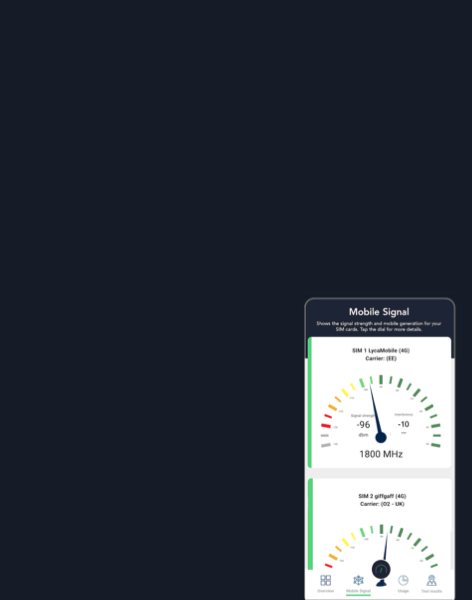3.3—3.8 GHz and 700 MHz were the popular auction choices in the past quarter
The latest iteration of the PolicyTracker spectrum database shows that the two 5G “pioneer bands” remain popular for regulators across the world.
Of the ten countries which have recently awarded spectrum, half have handed out licences in the 3.3—3.8 GHz band. Kazakhstan, Montenegro, northern Cyprus (disputed territory), Romania and Tanzania have all assigned spectrum in this vital 5G band.
In total, 1070 MHz of 3.5 GHz spectrum was awarded. This is 30 per cent of the total amount of spectrum recently awarded (when excluding mmWave bands).
The second most popular band was the 700 MHz band. A total of 190 MHz of this band was assigned in five countries. The 700 MHz band is also considered a key 5G band due to its favourable propagation characteristics, enabling wide-area and indoor coverage.
26 GHz remains the black sheep of the widespread 5G bands. Spain was the only country to assign the band in recent months, continuing the trend of declining enthusiasm for mmWave spectrum. Spain’s 26 GHz award was the only mmWave auction to take place amongst EU member states during the whole of 2022.
Recent awards have not been particularly competitive, suggesting that some mobile operators may be tightening their belts during times of economic uncertainty. Out of the ten auctions recorded, four only had one winner, while two auctions sold licences very close to or at the reserve price.
In total, the final spectrum database update of 2022 recorded auctions involving over 3500 MHz of spectrum in ten countries. Various other updates and improvements were also made to existing entries in the database, including the renaming of licences following the recently completed merger between Celcom and Digi in Malaysia.
The PolicyTracker Spectrum Database tracks allocations, assignments and prices paid for spectrum. It is available in Google Sheets, as an Excel document, and on our website. It is updated quarterly and is available as part of the Spectrum Research Service.•
